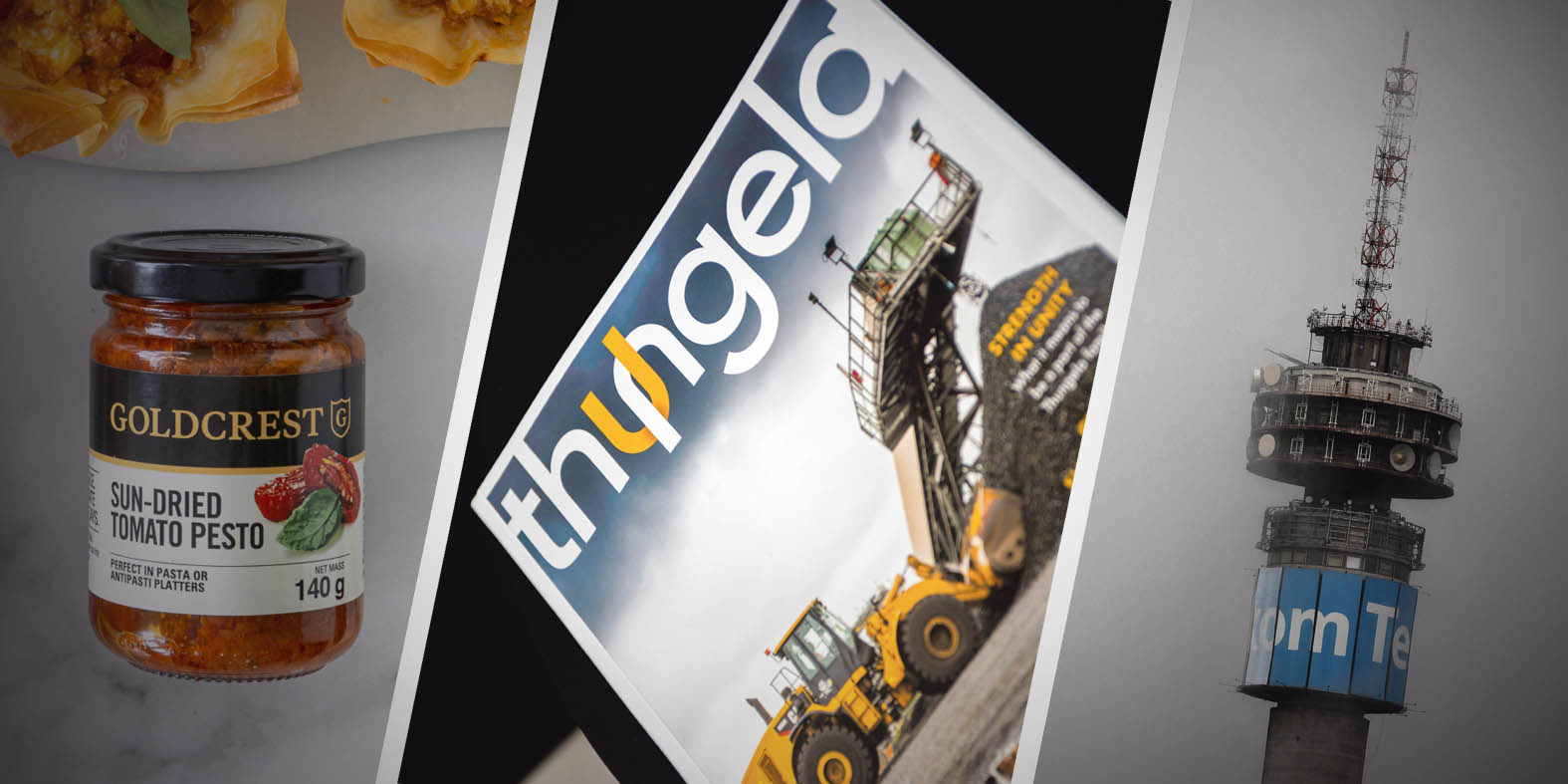Sirius Real Estate continues its active approach
Unlike many property funds, Sirius Real Estate puts much focus on the recycling of capital and the acquisition of new assets at appealing prices.
Of course, this requires the fund to be set up for these types of activities. There needs to be reasons why the active strategy will work, with the goal being to improve the value of acquired properties before selling them on. This is why Sirius has put so much work into building out platforms that improve occupancy rates at properties.
The latest deals are good examples of how this can play out for Sirius. The disposal of Maintal for €40.1-million was achieved on a gross yield of 6%. Remember, a lower yield means a higher price. Another example is the recent sale of assets in the UK at a 2.7% premium to the last reported book value.
Sirius looks for assets to buy that can plug into the existing platform, while offering a high net initial yield. The two acquisitions in the UK announced this week are being acquired on a net initial yield of 9.2%, with the deals being funded by the proceeds from the disposal of Maintal.
Libstar’s brands have pricing power
In the fast-moving consumer goods space, a strategy built around brands will only be successful if there is meaningful pricing power. Over at Libstar, there is good evidence in the latest numbers that pricing increases can keep driving revenue growth, although it would be very useful if volumes also went the right way.
Libstar has executed a major restructure of its business, creating two super categories to simplify the structure: perishable products and ambient products. Both segments saw revenue increase for the year-to-date May, despite a drop in volumes, with the positive growth being driven by price increases and mix changes.
Importantly, gross margins have moved in the right direction, another indication of pricing power.
It also helps that costs seem to be under control, suggesting that net profit margins could also be moving in the right direction.
If we can see some improvement in consumer spending power, Libstar might even see an uptick in volumes. That would make a significant difference to the numbers.
The single-commodity rollercoaster
If you don’t have a strong stomach, then having exposure to a single-commodity group like Thungela won’t work for you. The likes of Anglo American, BHP, Glencore and others are at one end of the spectrum with numerous commodity exposures; Thungela sits right at the other end with exposure purely to coal. The company’s fortunes are dependent on coal prices, as well as operational delivery across the South African and Australian business units.
Coal benchmark prices are down after disappointing winter energy demand in Europe and Asia, which means Thungela has to work harder for every rand or dollar of revenue. Heps for the period will be down by between 55% and 69% for the six months ending June 2024, showing just how tough it is.
It is doing the best it can, with export saleable production in SA towards the upper end of guidance on an annualised basis. The cost per export tonne is at the lower end of guidance thanks to the strong levels of production. Production and sales aren’t the same thing, unfortunately, as Transnet needs to get the coal from the mines to the ports. That’s where the problems come in. Export sales volumes fell 4.8% thanks to lower rail performance.
Despite the local infrastructure challenges, Thungela is still investing heavily in SA. Capex of R1.3-billion in this six-month period was way ahead of the A$23-million at Ensham in Australia. This includes R800-million in expansionary capacity in the local market. Thungela is expecting things to improve at Transnet from 2025. For all of our sakes, I hope they are right.
The unlikely hero
Telkom isn’t exactly where investors would usually look for good news, but things are on the up at the group. Revenue growth remains modest, with group revenue only up 1.6% as Telkom remains on a treadmill of declining revenue in the legacy businesses versus decent growth in the modern stuff like fibre. Yet Telkom managed to deliver group ebitda growth of 5.2% on a normalised basis. The extensive recent cuts to headcount would’ve helped here.
We haven’t got to the juicy stuff yet, as everything below ebitda tells a different story. Heps has almost tripled to 376 cents for the year ended March 2024, with the group also swinging from a free cash outflow of R2.7-billion to an inflow of R424-million.
Best of all, it is even talking about potentially paying a dividend in FY25. That’s a sign of just how much progress has been made. DM
This story first appeared in our weekly Daily Maverick 168 newspaper, which is available countrywide for R35.
You may write a letter to the DM168 editor at heather@dailymaverick.co.za sh






